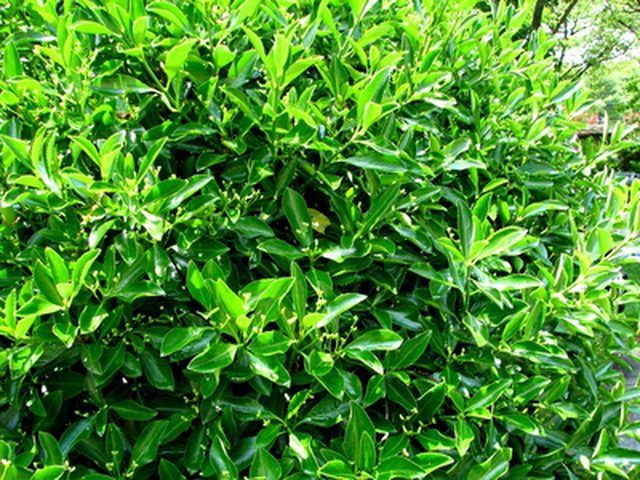Bulbs
Flower Basics
Flower Beds & Specialty Gardens
Flower Garden
Garden Furniture
Garden Gnomes
Garden Seeds
Garden Sheds
Garden Statues
Garden Tools & Supplies
Gardening Basics
Green & Organic
Groundcovers & Vines
Growing Annuals
Growing Basil
Growing Beans
Growing Berries
Growing Blueberries
Growing Cactus
Growing Corn
Growing Cotton
Growing Edibles
Growing Flowers
Growing Garlic
Growing Grapes
Growing Grass
Growing Herbs
Growing Jasmine
Growing Mint
Growing Mushrooms
Orchids
Growing Peanuts
Growing Perennials
Growing Plants
Growing Rosemary
Growing Roses
Growing Strawberries
Growing Sunflowers
Growing Thyme
Growing Tomatoes
Growing Tulips
Growing Vegetables
Herb Basics
Herb Garden
Indoor Growing
Landscaping Basics
Landscaping Patios
Landscaping Plants
Landscaping Shrubs
Landscaping Trees
Landscaping Walks & Pathways
Lawn Basics
Lawn Maintenance
Lawn Mowers
Lawn Ornaments
Lawn Planting
Lawn Tools
Outdoor Growing
Overall Landscape Planning
Pests, Weeds & Problems
Plant Basics
Rock Garden
Rose Garden
Shrubs
Soil
Specialty Gardens
Trees
Vegetable Garden
Yard Maintenance
Evergreen Shrubs and Direct Sunlight
Evergreen Shrubs and Direct Sunlight. Evergreen plants are plants that do not lose their leaves in winter. Most people think of plants with needles when they think of the term "evergreen," but there are broadleaf evergreen plants as well. As shrubs, which grow slowly and stay relatively short, there are lots of evergreen plants that will tolerate...

Evergreen plants are plants that do not lose their leaves in winter. Most people think of plants with needles when they think of the term "evergreen," but there are broadleaf evergreen plants as well. As shrubs, which grow slowly and stay relatively short, there are lots of evergreen plants that will tolerate full sun. Some are broad-leaved and some have needles. They can be a good choice in locations where hardiness is important to withstand harsh winters or summers.
Shrubs
A shrub is a short stalky version of a woody plant that will not reach more than about 15 feet high. They usually have more than one main stem, and each main stem will have branches that continue down almost to the ground. Shrubs are often used to line an area for privacy or sectioning it off.
Broadleaf Types
Broadleaf evergreens have broad leaves instead of needles. The leaves are often thick and glossy due to an oil on the surface that will help them avoid drying out in the sun. Some good broadleaf choices for an area with direct sunlight include Blue Holly, Boxwood and Rhododendron. These are hardy plants that all have something showy. Blue Holly can have the characteristic beautiful red berries in the winter if there are both male and female plants present. Boxwood and Rhododendron both bloom pink flowers in the spring.
Needled Types
Evergreens with needles are more likely than broadleafs to require full sun. Many broadleaf evergreens can tolerate both sun and shade. Needles evolved specifically to avoid desiccation by the sun, and often do not do well in the shade. Creeping Juniper is a needled shrub that needs full sun to flourish. Another good choice is Threadleaf Cypress.
Shade Effects
Shrubs that need full sun can occasionally tolerate shade as well, but some are negatively affected. Usually the shrubs that require direct sunlight are needled plants, which are adapted to living in harsher, sunnier conditions. Shaded areas often have damp soil that damages the plant's roots. These roots may drown or the plant may sink if soil conditions are too wet.
Benefits
Evergreen shrubs usually live well in the harshest conditions. They often tolerate full direct sunlight, and so can live well in dry areas and in the hottest summers. They are also a nice treat in the winter because they will be among the only green plants around.